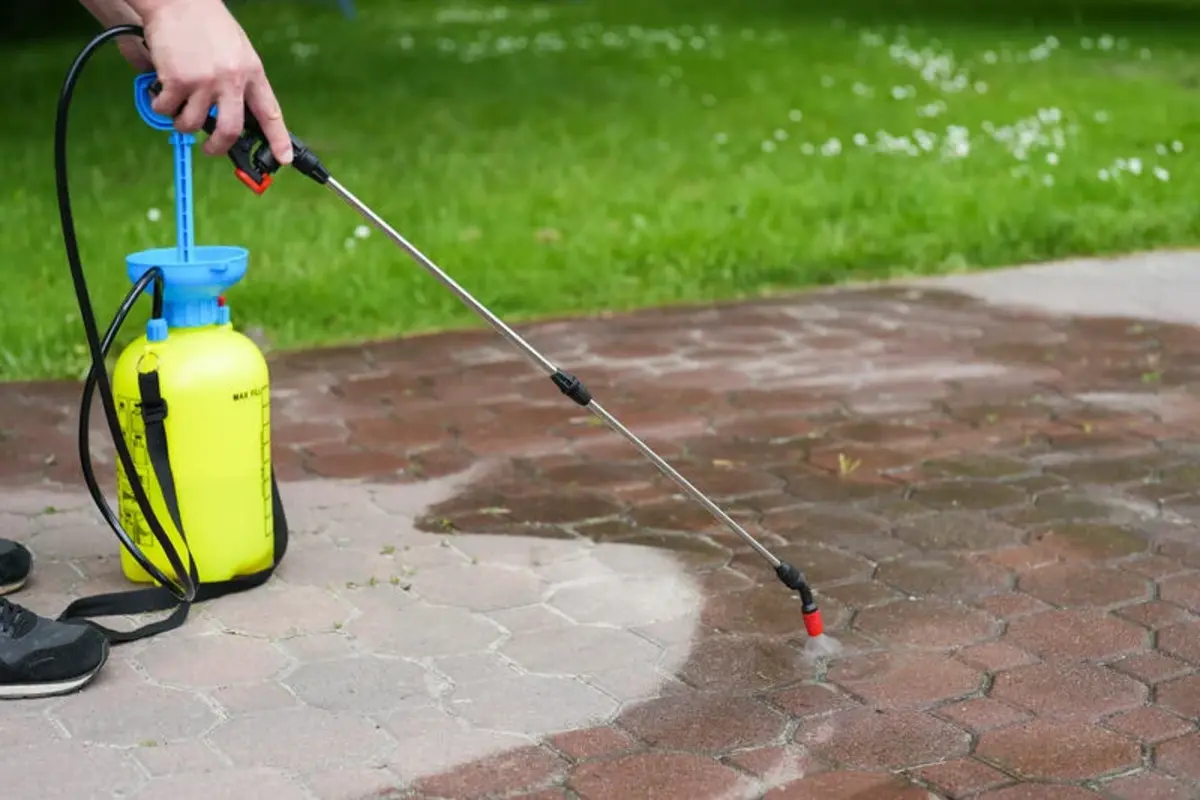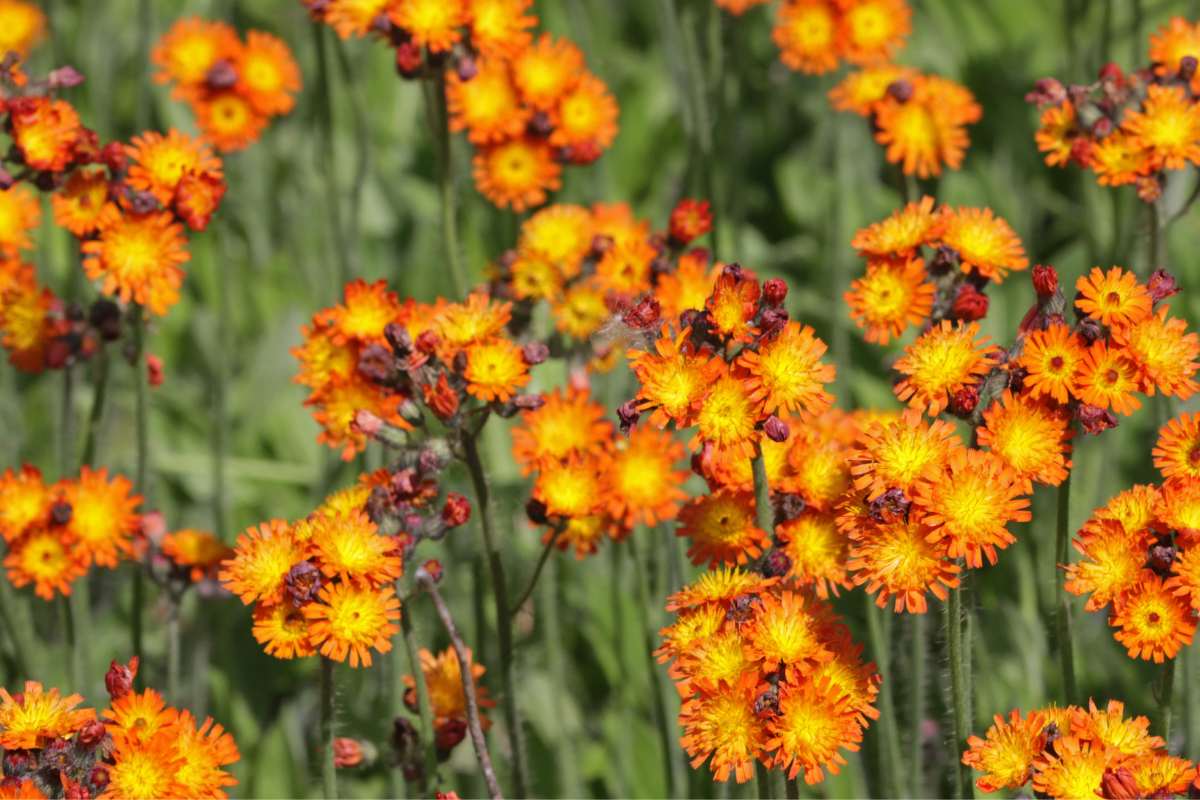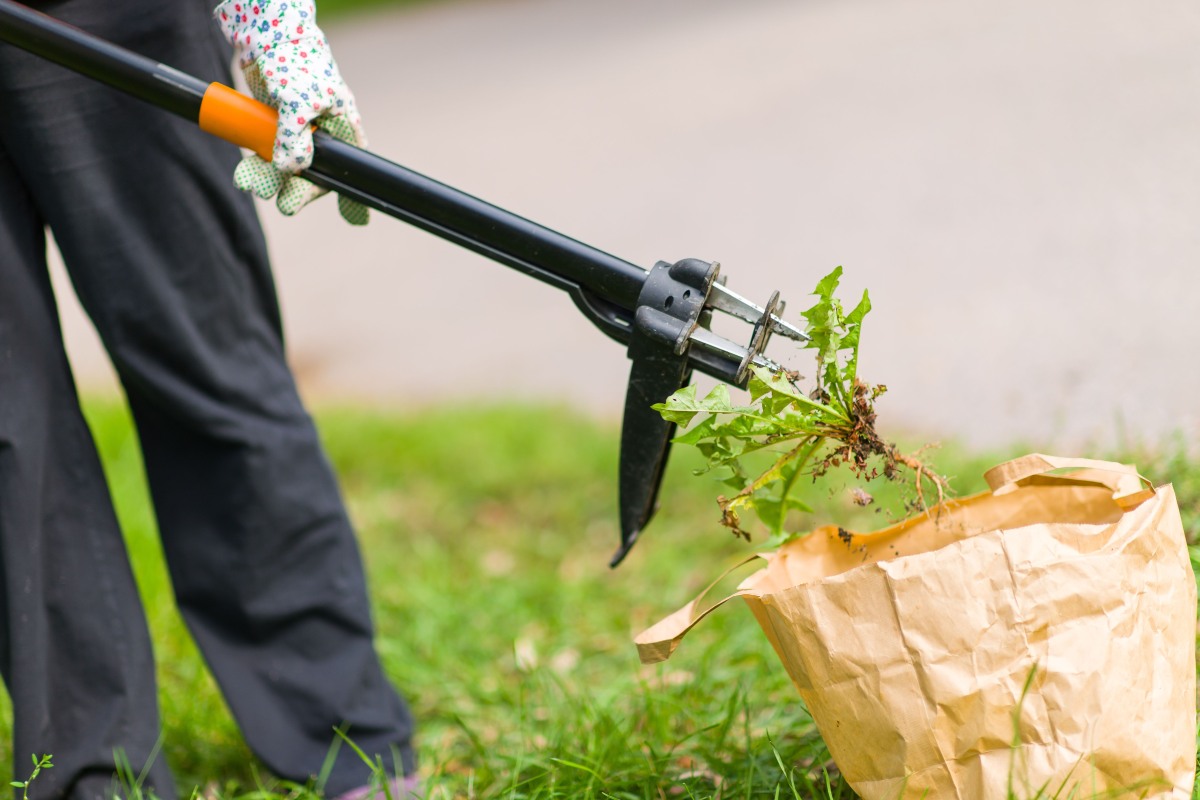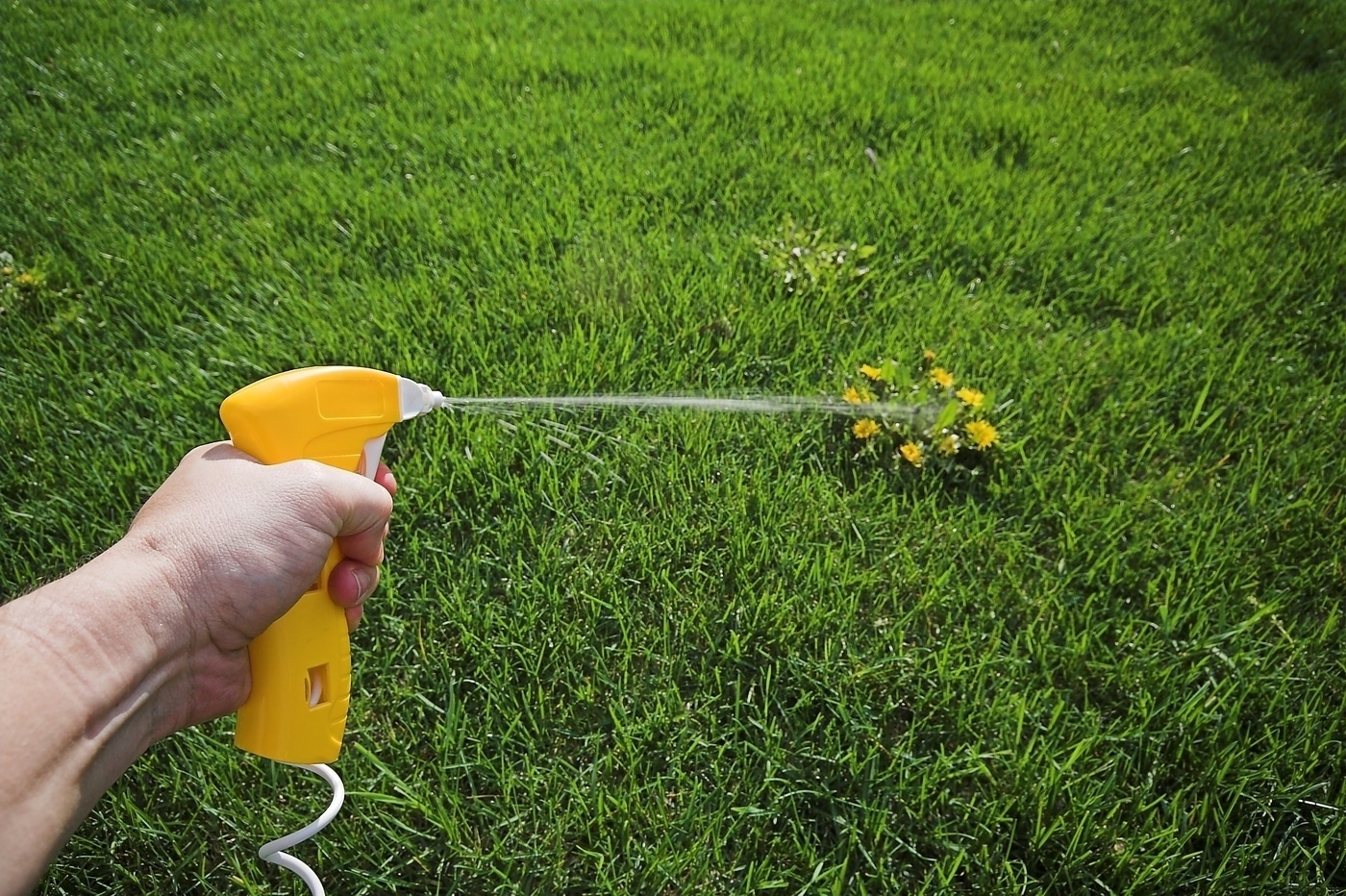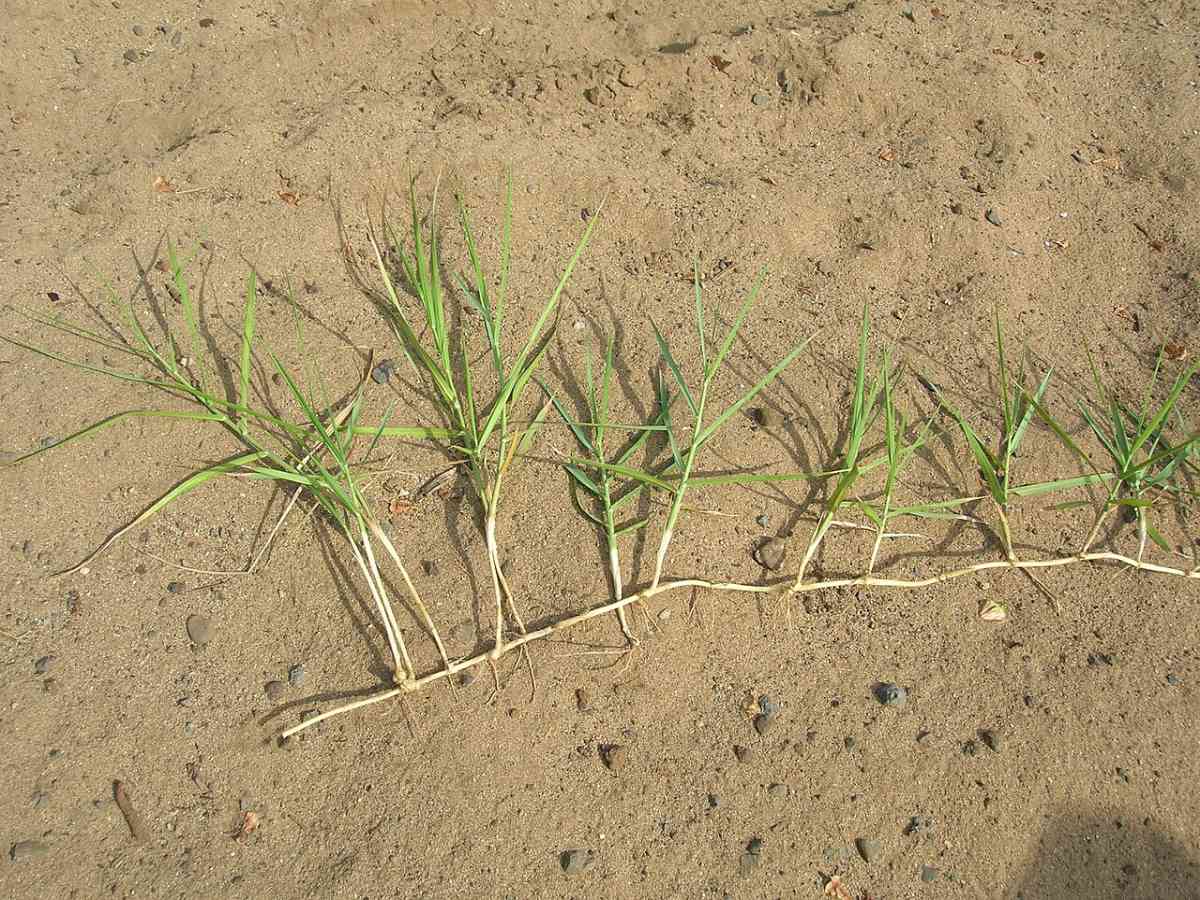
If left unchecked, torpedograss will take over your yard – leaving your neighbors to assume you’ve moved out permanently. You can get rid of torpedograss in your lawn by applying post-emergent herbicides, removing it manually, or spreading horticultural vinegar.
Torpedograss is an aggressive, perennial weed that spreads quickly across warm-season lawns and chokes the desirable plants in your native landscape. We’ll briefly expand on what torpedograss is, followed by detailed methods on how to control and eliminate torpedograss from your turf and landscape beds.
What Is Torpedograss?
Torpedograss is an aggressive, warm-season perennial that’s among the toughest grassy weeds to control. But why the name ‘torpedo’? This non-native species produces robust rhizomes (underground stems) with sharp-pointed tips that run horizontally underground, just like a torpedo going through water. We’ll expand more on its physical characteristics in an upcoming section.
The rhizomes aggressively creep through the soil and can travel a foot or more deep into the soil, allowing them to spread rapidly across your lawn and landscape bed. To make matters worse, they can even penetrate weed barriers and landscape fabrics. This is why torpedograss is given the nickname “‘”creeping panic.”
Methods to Eliminate Torpedograss
Eliminating torpedograss is a tricky business, and even more difficult when fully established. But we like to believe that nothing is impossible. There are three main methods to control torpedograss infestation, depending on the location and severity of weed growth.
The three main control methods are mechanical, chemical, and organic (natural). We’ll expand on each one to determine how to get rid of torpedograss:
1. Chemical Control

Chemical control, or herbicide use, is a highly effective method of eliminating torpedograss. It is best for controlling weeds that have already germinated and emerged from the soil.
With many types available, almost all effective torpedograss extermination methods are done with systemic post-emergent herbicides (here’s a guide on the types of post-emergent herbicides). These types of herbicides are highly effective on perennial weeds and can deal with extensive networks of stolons and rhizomes. In other words, they are a nightmare for torpedograss. But why is that?
Systemic post-emergent herbicides:
- Are absorbed through the plant’s tissue and take the entire plant out, all the way down to the roots
- Will prevent torpedograss from sprouting again
- Selective herbicides will not harm most ornamental plant species, even if torpedograss grows aggressively between them. Check the product label to find your native ornamentals to ensure the herbicide won’t damage them.
- Can be applied at various weed growth stages, even during early identification
- Are available in different formulations such as granules and liquids. We recommend liquid as you’ll have more direct contact (application) with a sprayer.
Post-emergent herbicides come in various formulations or ingredients. The most effective ones for controlling torpedograss are:
- Fluazifop
- Quinclorac (for zoysia lawns only)
- Broad-spectrums, such as glyphosate
Many homeowners wish to limit the use of herbicides, but it’s sometimes necessary to keep weeds such as torpedograss from choking out your desirable plants. In this case, chemical control – particularly selective post-emergent herbicides – is highly effective and targets torpedograss without harming your native plants or warm-season grass. On the other hand, non-selective herbicides will harm your other plants in addition to the torpedograss.
2. Mechanical Control
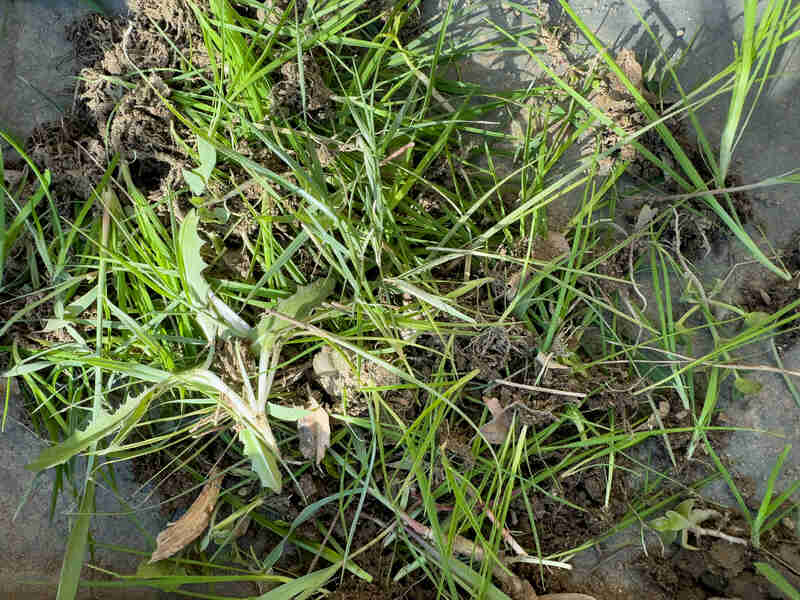
Mechanical control is moderately effective and includes digging, burning, and hand-pulling. To get rid of torpedograss in flower beds, hand-pulling and digging are two effective methods for moderate to low invasion. It can also be effective when the weeds haven’t been established, making their removal easier.
Landscape beds do not contain grass that can conceal torpedograss, so it’s far easier to control a small number of weeds among plants. When digging the weeds out with a shovel, be sure to remove the below-ground roots to discourage new growth. We also recommend wearing protective garden gloves when pulling out weeds.
Overall, mechanical control delivers mixed results. Even with hand-pulling or digging, rhizomes or clippings may spread and start growing in different areas of your lawn.
3. Organic Control
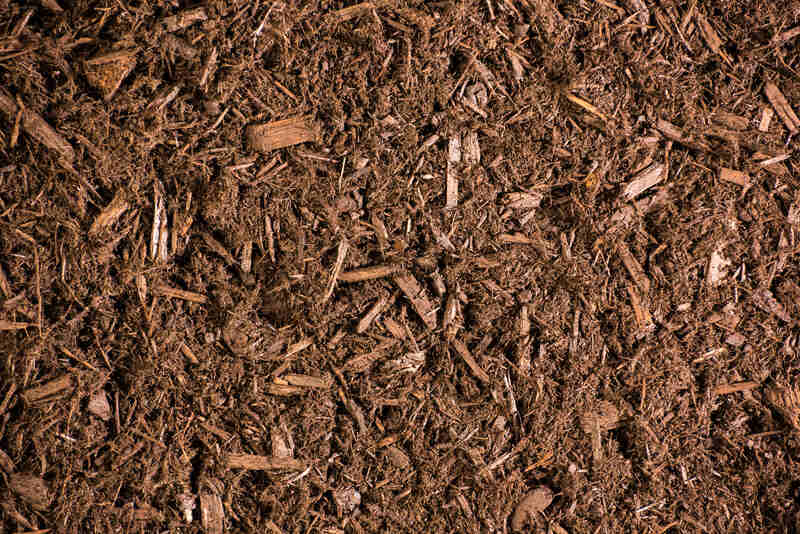
Organic or natural control is the least effective method to eliminate torpedograss, especially severe cases. Horticultural vinegar is a good example of organic control, but works a lot better on annuals than perennial weeds such as torpedograss. It will kill perennial leaves but not the roots, so the torpedograss will continue to reproduce and take over your lawn.
Mulching is another form of organic control that reduces water and sunlight from reaching the weeds. Though this method may slowly kill some perennial leaves, you’re left with the same problem as horticultural vinegar. The roots of the torpedograss will not die, thus keeping up reproduction.
For these reasons, organic control is the least recommended out of the three control methods.
FAQ About Torpedograss Removal
What is the ‘nuclear option’ for controlling torpedograss?
The nuclear glyphosate route (multiple applications) is killing off the entire lawn due to a severe torpedograss infestation. This mainly applies to lawns with St. Augustinegrass, bahiagrass, and centipedegrass. These warm-season grasses are highly sensitive, and cannot survive a torpedograss invasion or multiple herbicide application. In other words, your lawn will require a total renovation.
Zoysiagrass and bermudagrass are more capable of surviving and countering torpedograss growth.
Will frost kill torpedograss?
In short, yes. Torpedograss cannot survive the frosty weather experienced in many northern states. They’re a warm-season perennial, so they thrive in southern states ranging from Texas to Florida.
Will pre-emergent herbicides keep torpedograss at bay?
Yes, you can apply pre-emergent herbicides at the right soil temperature and at the right time. This is important to disturb the seedling’s growth. Application dates generally depend on your local climate and type of weed you’re fighting.
For more in-depth knowledge, here’s a guide on when and how to use pre-emergent herbicides.
Trust a Lawn Care Professional
Dealing with torpedograss can be exhausting, and in worst cases, fruitless. You can perform one or two of the control methods we’ve covered and still not push back the torpedograss invasion. However, the cause of weed invasions often stems from poor lawn care, such as improper mowing and fertilizing.
Are you unable to keep up with all the yard chores? Hire a local lawn care professional to mow your warm-season lawn, apply fertilizer, and maintain a healthy turf that’s free from invasive weeds.
Main Photo Credit: Forest & Kim Starr / Wikimedia Commons / CC BY 3.0
